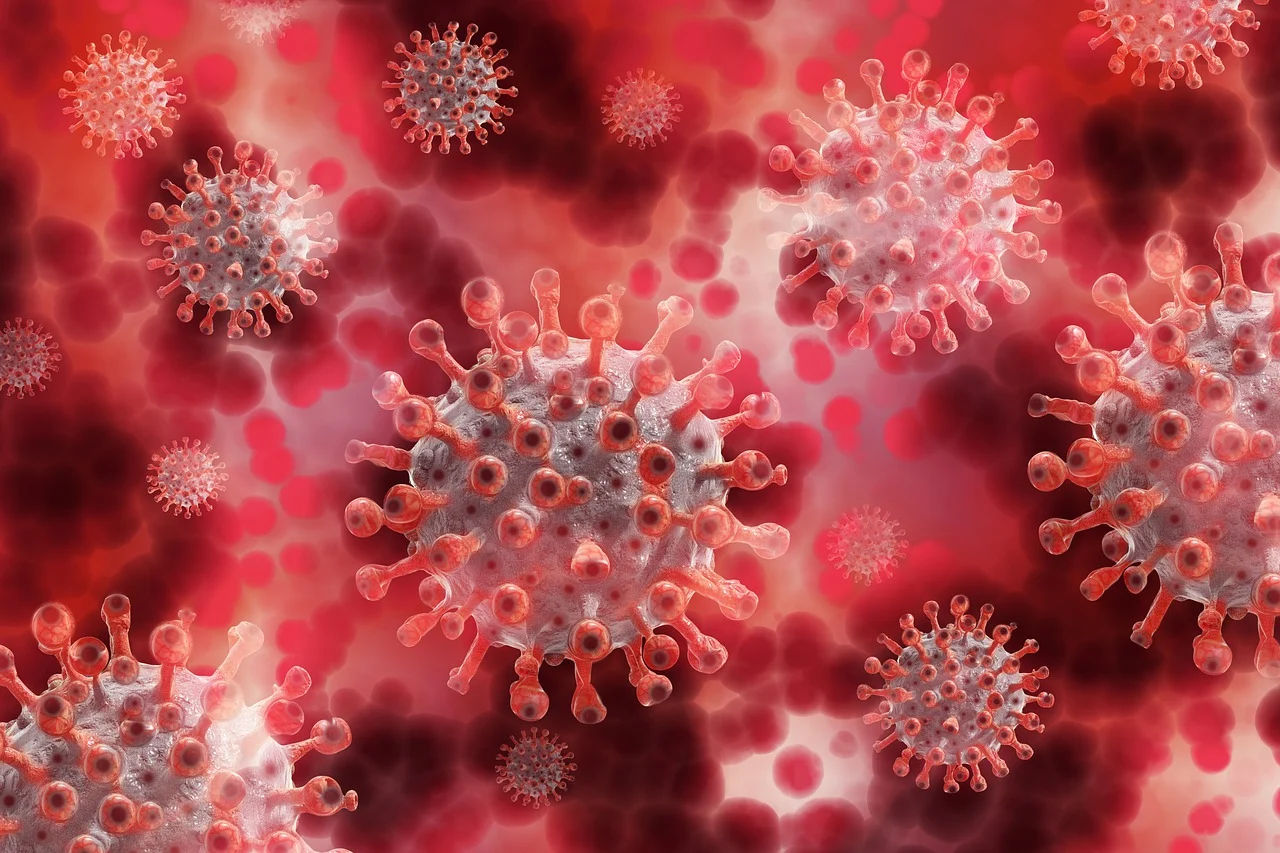Data from the
Centre for Disease Control and Prevention (CDC) has shown that men make up a
disproportionate number of COVID-related deaths in the US. Among the male
population, the fatality of the virus is 54.4%, with the disparity becoming
even more starkly evident in New York City, where they account for 57.5% of COVID
deaths.
These numbers
have surprised many, considering that men only comprise of 47.7% of the nation’s
total COVID cases, as per the CDC. Some experts have put down the higher
mortality rate to generally less hygienic lifestyles and hesitation when it
comes to seeking medical care, among men.
Also Read | Omicron found in nearly one-third of US states, Delta maintains dominance
Dr Jessica Justman,
a Columbia University professor, noted that the numbers probably reflect
lifestyle choices like smoking and drinking. Further, she asserted that women
are more likely to go in for medical appointments than men are. She explained
her position that women are more likely to present the symptoms of coronavirus infection
before men do. By the time a man decides to go to the emergency room, the
infection has often turned serious, which severely lowers chances of survival. The
doctor also posited that hormonal differences as well as biological ones, could
also impact the mortality rate. Dr Jessica Justman detailed how men have more
receptors which the COVID-19 strain binds to.
Also Read | ‘Canada has better protections against COVID going into holiday season’
Vaccination is
likely to be a contributing factor in the high number of male deaths. Data
shows that only 58.7% men are vaccinated, compared to 62.9 women. Dr Jessica
Justman advised everyone to seek the vaccine, seek tests, and proper medical
care, if they are ever in any doubt about having been infected with the
coronavirus.
Also Read | Vaccine makers racing to update COVID shots, just in case
Notably, the trend
of higher COVID deaths in men is reflected across the pond, in the UK. London’s
Sunday Times concluded that men are 24% more likely to die of COVID than women.







